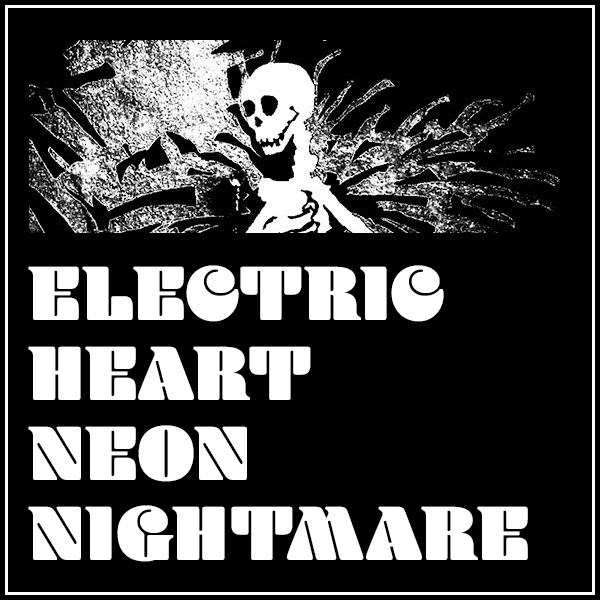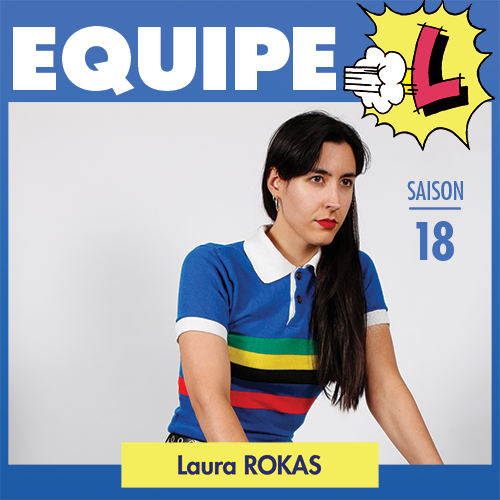It seems as though I have absolutely nothing to do for the rest of my life. And so knowing this, I drove sixty miles north to Baltimore, which is a strange little city where I used to live many years ago now. I did not especially like it during the five years I spent there. Probably I judged it too harshly at the time. I thought it was gross and uninteresting, and I often wondered how I had ended up there, and why. Years later, I realized I wasn’t even half right about it. Baltimore is a cool place and it had been the entire time I was there. I was just blind to it is all. I mean: It’s got John Waters! And Edgar Allan Poe! And a cool aquarium! As for Baltimore’s grossness: I now realize that, as is with Oakland’s grossness, it’s just one of the things that makes a city good. Grunginess is charm. Baltimore is Charm City, for god’s sake. You go to a place that is too clean and it feels all wrong.
In interviews, David Lynch sometimes mentions that he was supposed to study painting in Salzburg for three years, but ended up returning to the US and moving to Philadelphia a few weeks later because Europe was “too clean”. He and I are both in agreement that it is more fun and interesting to live in a decaying nightmare city than somewhere clean and orderly.
From two interviews, TO WIT:
I had my first thrilling thought in Philadelphia . . . Philadelphia, more than any filmmaker, influenced me. It’s the sickest, most corrupt, decaying, fear-ridden city imaginable. I was very poor and living in bad areas. I felt like I was constantly in danger. But it was so fantastic at the same time.
Philadelphia. Corrupt, filthy, fear in the air—thick. Insanity in the air. This place was just what the doctor ordered. It was incredible. Now Philadelphia is pretty much a city like any other city. It’s got some places that look like Warsaw after the second world war, bombed-out horrible places, but the city center is clean. They’ve cleaned all the soot from the buildings and it’s just kinda regular to me.
Yes!
These are the very thoughts I had upon returning to Baltimore yesterday, a city where I had spent half a decade of my life. Right off the highway, and from downtown, I drove straight to my old neighborhood, Station North, the so-called “the arts district”, where all the artists and rejects lived, and I among them. That place, man . . . it used to be this crater of dereliction. It was a sort of woeful wasteland on the rim of the city, and I was surrounded in every direction by abandoned warehouses and factories and crumbling buildings where humans had once lived, though I never knew how long ago that may have been. From my living room window, I could look out on this dark and godless place, and you’d have thought it was a week after the Dresden firebombing. There was exploded glass and brick everywhere, and crows lining the dead electrical lines, and when you stepped outside it was hauntingly silent. It helped that behind my building was an ancient cemetery set upon a hill and locked behind a gate that looked like the entrance to a gothic castle. What I’m saying is that it was an amazing place to be. I loved that neighborhood. It was incredible. My apartment was in a sort of fortress, a lone habitable brick monolith that was subsidized by the federal government for sheltering artists. It was the only source of light for blocks. At night I would go out and wander around this concrete wilderness around my home, and climb on buildings and up fire escapes and, when I felt particularly insane, which was often, I would scramble up the side of the iron rainbow bridge that connected my island to the rest of the city. Up there it was windy as hell, with a hundred-foot drop on one side, and the midnight trains coasting on the dark tracks to get to the station further along. You could see smoke rising up from the factories by the harbor, and little red lights on the tips of skyscrapers, and bats taking flight off the skeletons of pulverized warehouses nearby. And always you could hear the pervasive ominous droning of all the secret machinery that was keeping the corpse of Baltimore animated just a little while longer. It was special place.
And so what became of it? It is now a wholly gentrified yuppie paradise completely devoid of any controversy or personality. The warehouses have been restored and repurposed into boutiques which serve no obvious purpose . . . no longer are there bands sneaking into them at night to practice. The bombed-out row of houses near the parking lot, once a few feet thick, with only the frontal facade remaining as if on a movie lot, are now identical modern rowhouses with aluminum siding. Toward the end of the street is a community garden dotted with plastic lawn chairs, adjacent to which is a colorful inoffensive mural on a brick wall. Absolutely none of it felt sinister or mysterious anymore. It has turned into a sitcom neighborhood.
I don’t know. Maybe I’m just a big jerk, but to me it was a sadness to see all this. It felt like being tricked into going to Target when you thought you were going to a haunted house. One of those places is definitely way cooler than the other by orders of magnitude, is all I’m saying. Well: nothing lasts forever. It was a place I had known once, and had loved, and now everything about it that I thought was any good was gone, or else mutated into something that lacked any sort of danger to it. Maybe that’s fine. It’s not mine anymore, and probably it never was. It’s just that I remember how beautiful it had once been, when it there was an insanity in the air. No longer. It is theirs now, and this is what they want it to be. I’m some creep who left it once before. What else can you do except leave it again?
It was a nice day in Baltimore, and I had not been to the city in six years, so I thought I would try to see as much of it as I could. I left my old neighborhood and drove all over. I had the windows down and people were burning wood in their fireplaces, and the trees were red and gold and the sun was slowly setting as I ripped around town. I went to the Inner Harbor, now vastly different than it had once been, and got a sandwich and some coffee. I parked on a side street near Camden Yards and hung out there for a while watching as everyone passed by. With their masks on, I could not tell what a Baltimorean looks like anymore.
Around five I got back onto the highway and followed 95 to 495 to 66. Briefly I considered cutting over and going to Philadelphia, but I did not want to face the mundane devastation of bearing witness to the gentrification of two cities in one day. It was a long dark ride back to Virginia. I drank bad coffee and tried not to think about any of it too much, which, let’s face it, is sometimes the only thing you can really do to keep from going under, once they come around and clean up all the creepy places where all the creepy stuff used to happen. There is no hiding in the daylight. I’m just glad I got to be there before they turned the lights on, you know?? Hah!
AND THUS CONCLUDES
MY LONELY DIATRIBE
ABOUT GENTRIFICATION.












































